My special requirements for the ultimate alarm clock:
- Anti-fool feature: Restrict setting a new alarm directly after alarm was stopped
- Limited snoozing: Only x times snooze for y minutes after an alarm is allowed or no snoozing is allowed
- User defined sound: Wake with randomly changing sounds / music
- Delta-time: Display time until alarm when setting a target time for alarm
- Aim-time: Display the alarm time when setting a duration time until alarm
- Nap feature: Set a pre-defined delta time (e.g. for a quick sleep) with one tap
- Easy firmware update: USB-connection to update SW
- Touch-display: Not a lot of switches, nobs and buttons
- Quick time-setting: Setting the time quickly (i.e. not 60 button presses to set the minute)
- Redundant alarm: If the (MP3) audio-output fails, activate the buzzer
- Form factor: Should be small and avoid lots of cables
 Chris B
Chris B
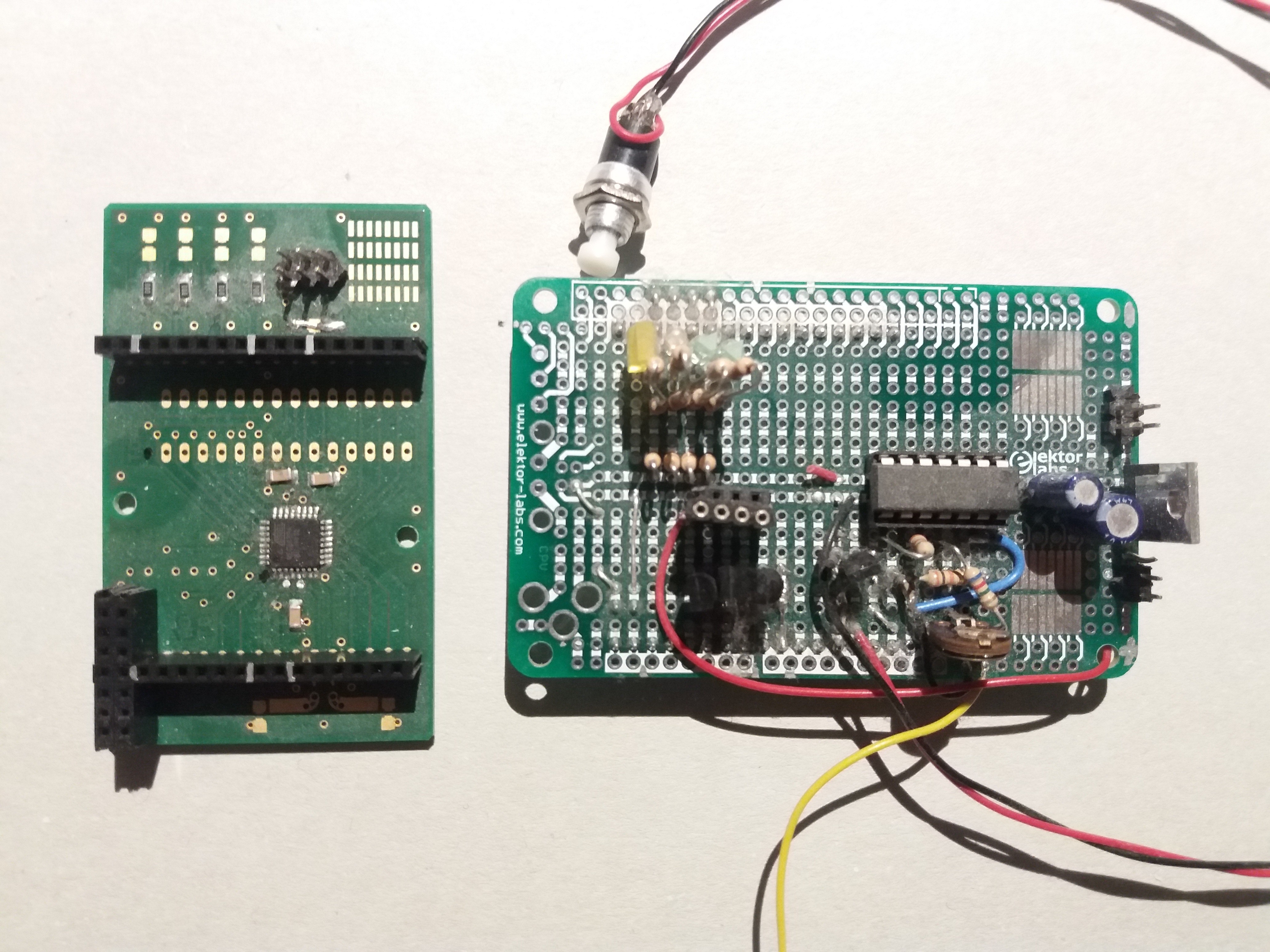
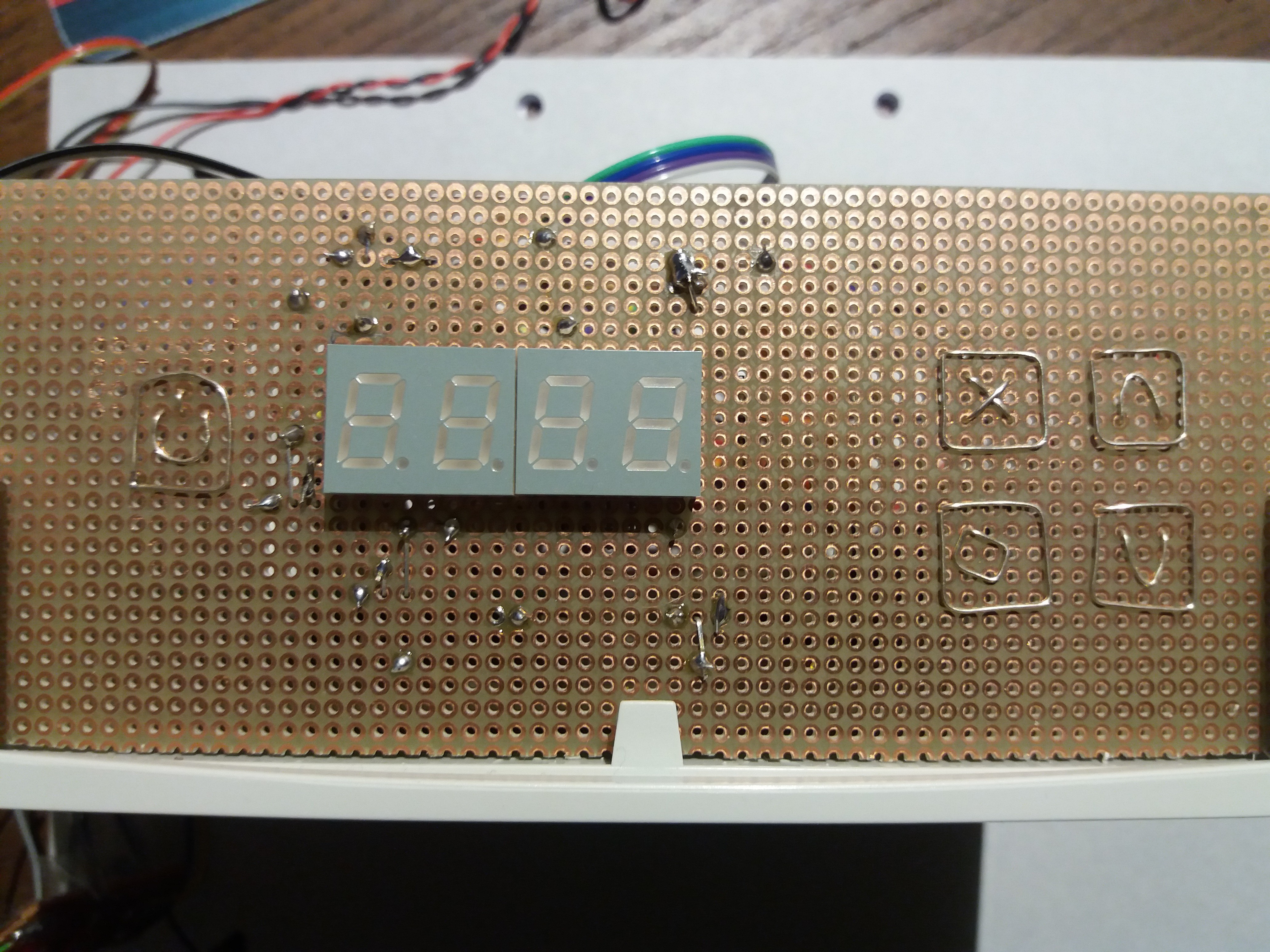

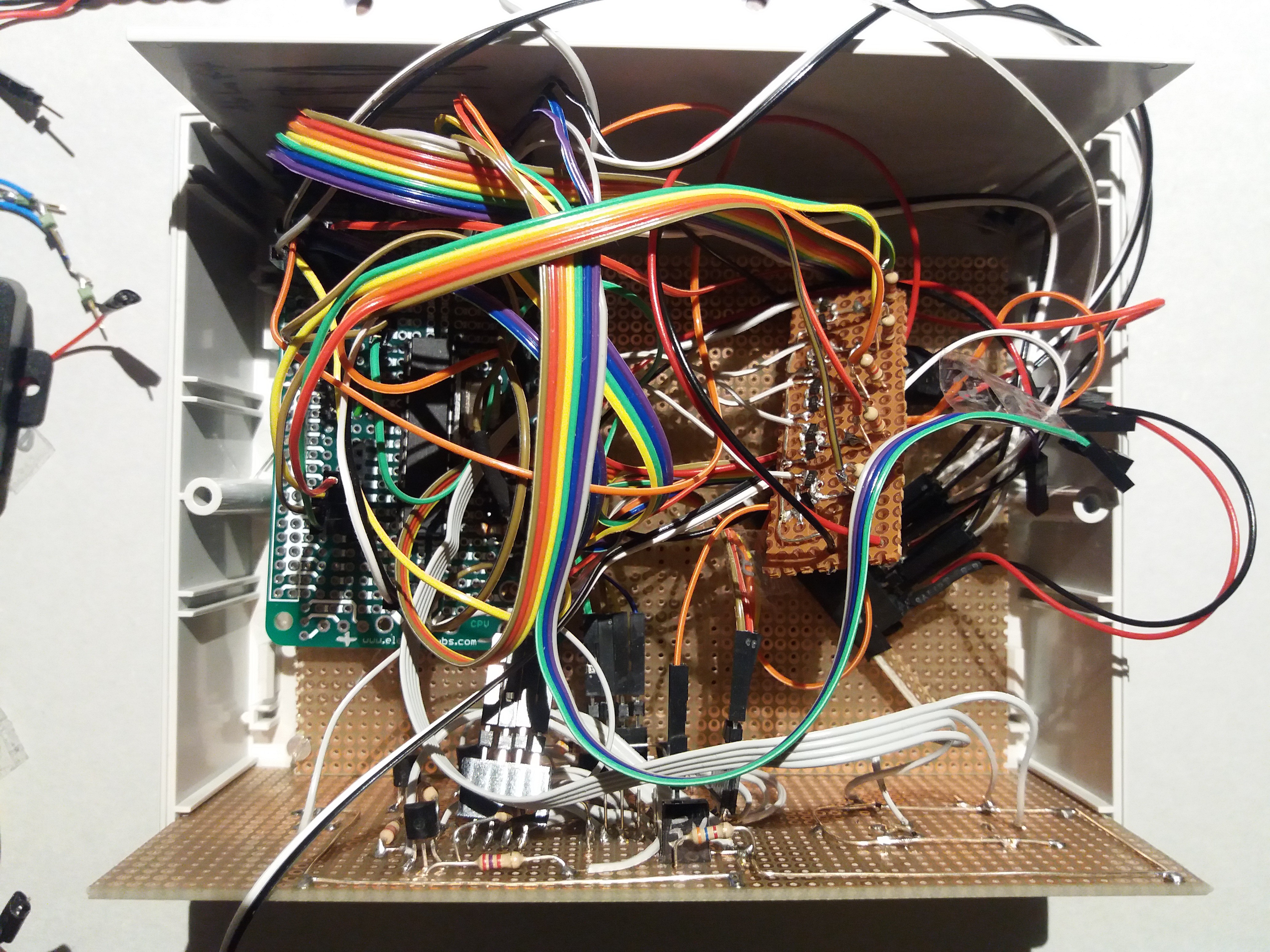


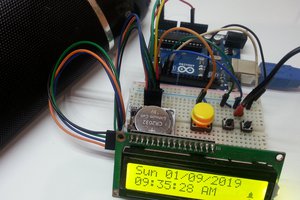
 talofer99
talofer99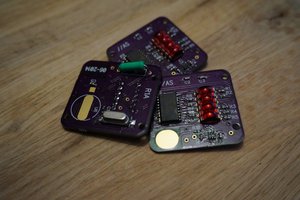
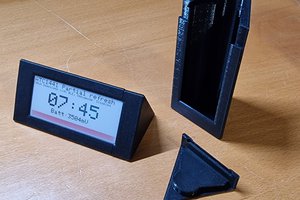
 Aaron Christophel
Aaron Christophel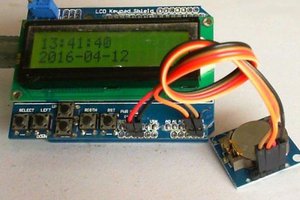
 eDIY
eDIY
Alarmingly overcomplex if you ask me... but I just use my phone ;)